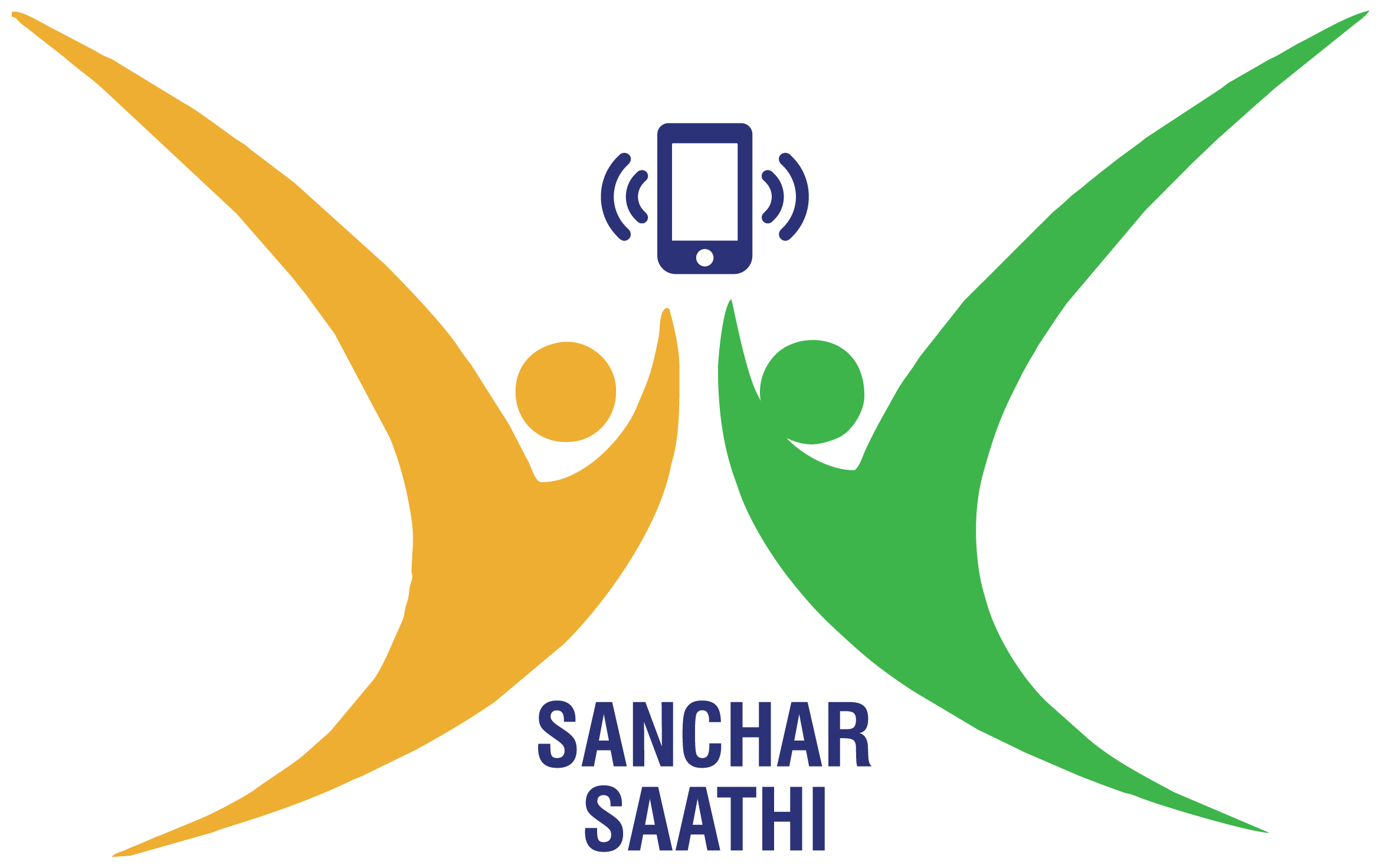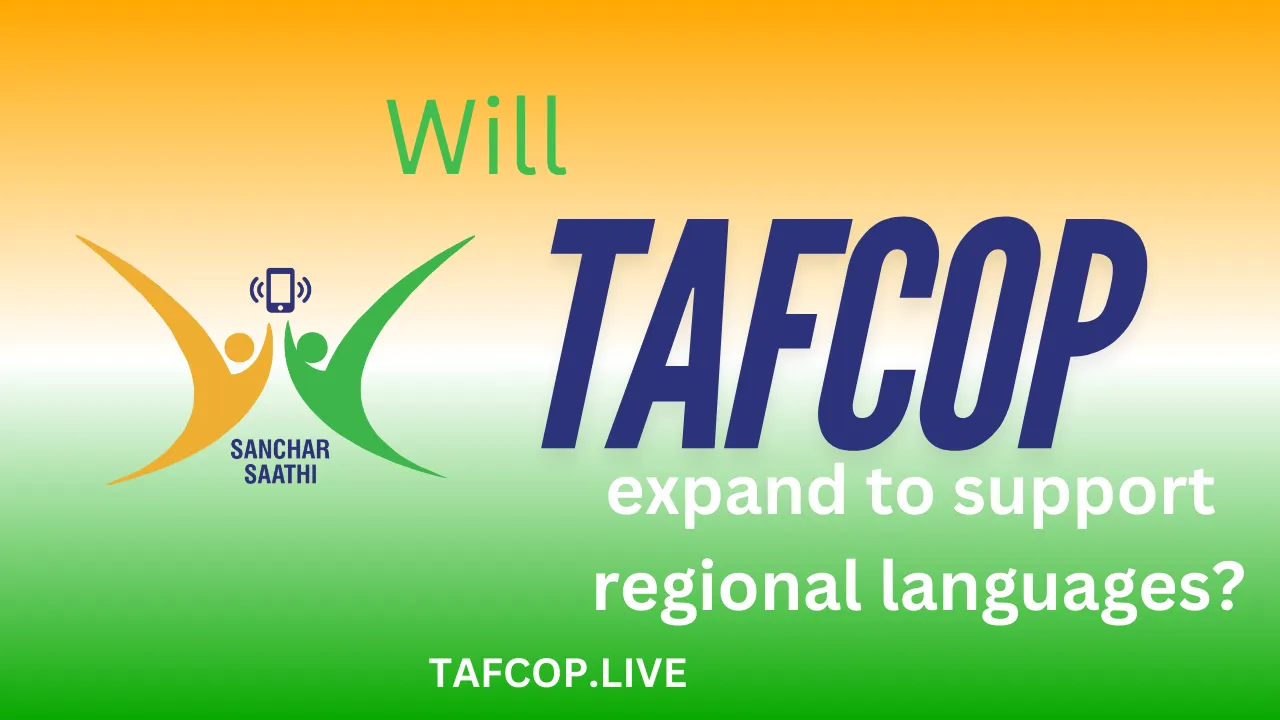In India, where linguistic diversity is woven into the fabric of daily life, the question of accessibility across multiple languages is paramount. TAFCOP, a government initiative designed to tackle telecom fraud, has proven its worth to countless users. But the lingering thought on many minds is whether it will broaden its horizons to accommodate regional languages. This question resonates with millions, as effective communication in one’s native language can be the difference between inclusion and alienation.
Will TAFCOP expand to support regional languages?(Quick Answer)
Yes, TAFCOP is expected to expand its platform to support regional languages. The growing demand for inclusivity in government services highlights the importance of this move, aligning with the Digital India initiative to ensure no citizen is left behind.
Why is Supporting Regional Languages Important for TAFCOP?
India is home to 22 officially recognized languages and hundreds of dialects. While Hindi and English dominate in administrative and technological domains, they aren’t the primary languages for a significant portion of the population.
Supporting regional languages ensures that TAFCOP becomes truly accessible to all citizens. For instance, a farmer in Tamil Nadu who speaks only Tamil or a homemaker in Kerala fluent in Malayalam will find it easier to navigate TAFCOP if it’s available in their native tongue. By doing so, TAFCOP can effectively bridge the digital divide and empower more people to safeguard their telecom connections.
Example:
Imagine a user in West Bengal receiving a fraudulent message. If TAFCOP offers Bengali as an interface option, this user could easily report the issue without relying on a third party for translation or guidance.
How Could Regional Language Support Enhance TAFCOP’s Functionality?
1. Increased User Engagement: When services communicate in a user’s native language, engagement naturally improves. Users are more likely to report issues promptly and accurately.
2. Reduced Miscommunication: Language barriers often lead to misinterpretation of instructions, resulting in errors. Regional language support minimizes such risks.
3. Enhanced Trust and Satisfaction: When people see their language represented in official platforms, it fosters a sense of belonging and trust in the system.
| Benefit | Impact on Users |
|---|---|
| Accessibility | More users can easily navigate and use TAFCOP services. |
| Efficiency | Reports are filed faster and with fewer errors. |
| Inclusivity | Citizens from all linguistic backgrounds feel valued. |
What Steps Could TAFCOP Take to Implement Regional Languages?
1. Conduct a Language Survey: Identify the most commonly spoken languages among TAFCOP users. Starting with widely spoken ones like Tamil, Telugu, Bengali, and Marathi could have the greatest impact.
2. Develop Localized Interfaces: The platform could create a user-friendly dashboard in multiple languages, ensuring seamless navigation.
3. Collaborate with Linguistic Experts: Translating technical terms accurately requires expertise. Partnering with regional linguists will ensure precise and culturally appropriate translations.
4. Introduce Voice Support: Voice-enabled options in regional languages could further enhance usability for those less familiar with digital interfaces.
What Challenges Might Arise in Expanding to Regional Languages?
Despite the advantages, there are certain challenges that TAFCOP might face:
- Technical Complexity: Developing and maintaining a multilingual platform demands significant resources, both in terms of time and money.
- Translation Accuracy: Ensuring that technical jargon is accurately translated without losing meaning can be tricky.
- User Training: Many users might still need guidance on how to use the platform effectively, even in their native language.
“Language is not just a tool for communication; it is the cornerstone of inclusivity.”
How Will Regional Language Support Align with Government Goals?
The Indian government’s Digital India initiative aims to empower citizens through technology. Making TAFCOP available in regional languages aligns perfectly with this vision, ensuring that even the most remote corners of the country can benefit from its services.
Example:
A tribal community in Odisha might previously have struggled to access TAFCOP due to language barriers. With the inclusion of Odia, this community can now actively participate in telecom fraud prevention.
Conclusion
The expansion of TAFCOP to support regional languages is not just a possibility; it’s a necessity in a diverse nation like India. By embracing linguistic inclusivity, TAFCOP can strengthen its reach, improve user trust, and set a benchmark for other government platforms. With the right strategy and resources, TAFCOP can truly become a service for every Indian, regardless of language or location.

